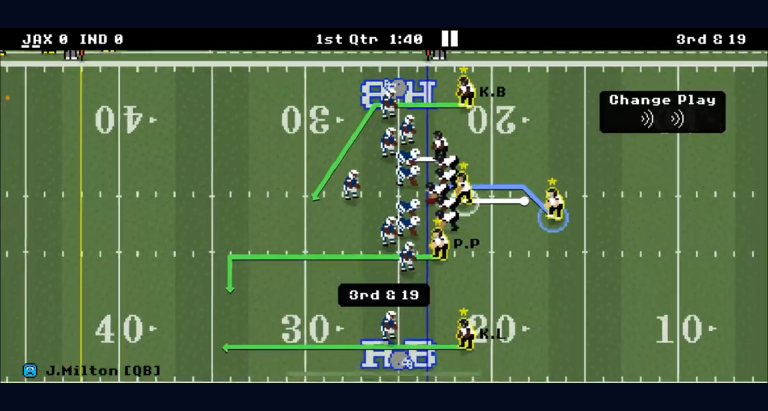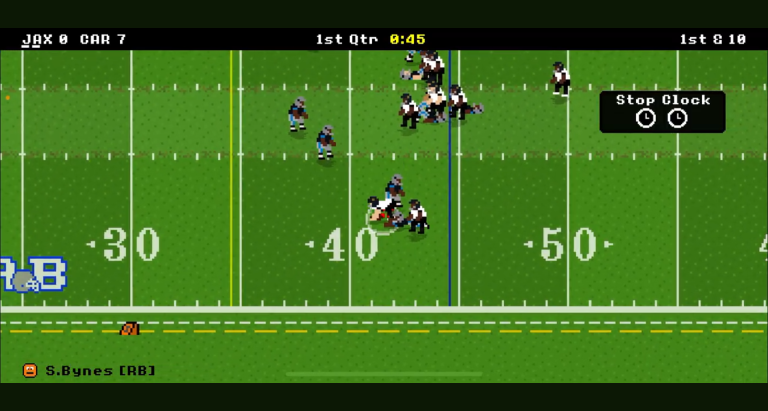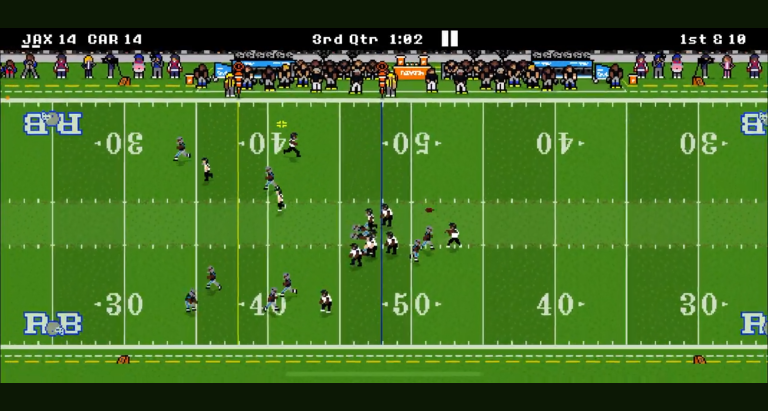The significance of quarterback mobility in Retro Bowl cannot be overstated. As one of the most crucial elements of gameplay, a quarterback’s ability to run can heavily influence the outcome of a match. In this article, you will uncover effective strategies on how to make your QB run in Retro Bowl, enhancing your team’s offensive capabilities and allowing for exciting plays. Understanding the mechanics of this game is essential to employing quarterback movement effectively, so let’s begin by discussing the fundamental aspects of Retro Bowl gameplay mechanics.
Understanding Retro Bowl Mechanics

Overview of Game Controls
In Retro Bowl, mastering the basic controls for quarterback movement is indispensable. Familiarize yourself with the controls that allow your QB to escape pressure and create opportunities to advance the ball. Make sure you practice the timing of your movements; it’s not just about moving faster, but also about finding the right rhythm in your plays.
Game Physics and AI
The physics engine in Retro Bowl plays a vital role in how players move around the field. Understanding how the quarterback interacts with defenders will help you make informed decisions. When your QB runs, watch how the AI reacts and adjust your movements accordingly. Key factors such as velocity, direction of runs, and even the angle at which you throw can profoundly impact the effectiveness of your quarterback’s mobility.
Strategies to Encourage QB Mobility
Setting Up Your Play Style
Choosing the right play styles is a significant factor in how to make your QB run in Retro Bowl. Focus on plays that leverage a running quarterback, such as option plays. These allow your QB to decide whether to hand off, keep the ball, or even pass. Rollouts and play actions can also create better conditions for a run, effectively pulling defense off-balance and opening lanes.
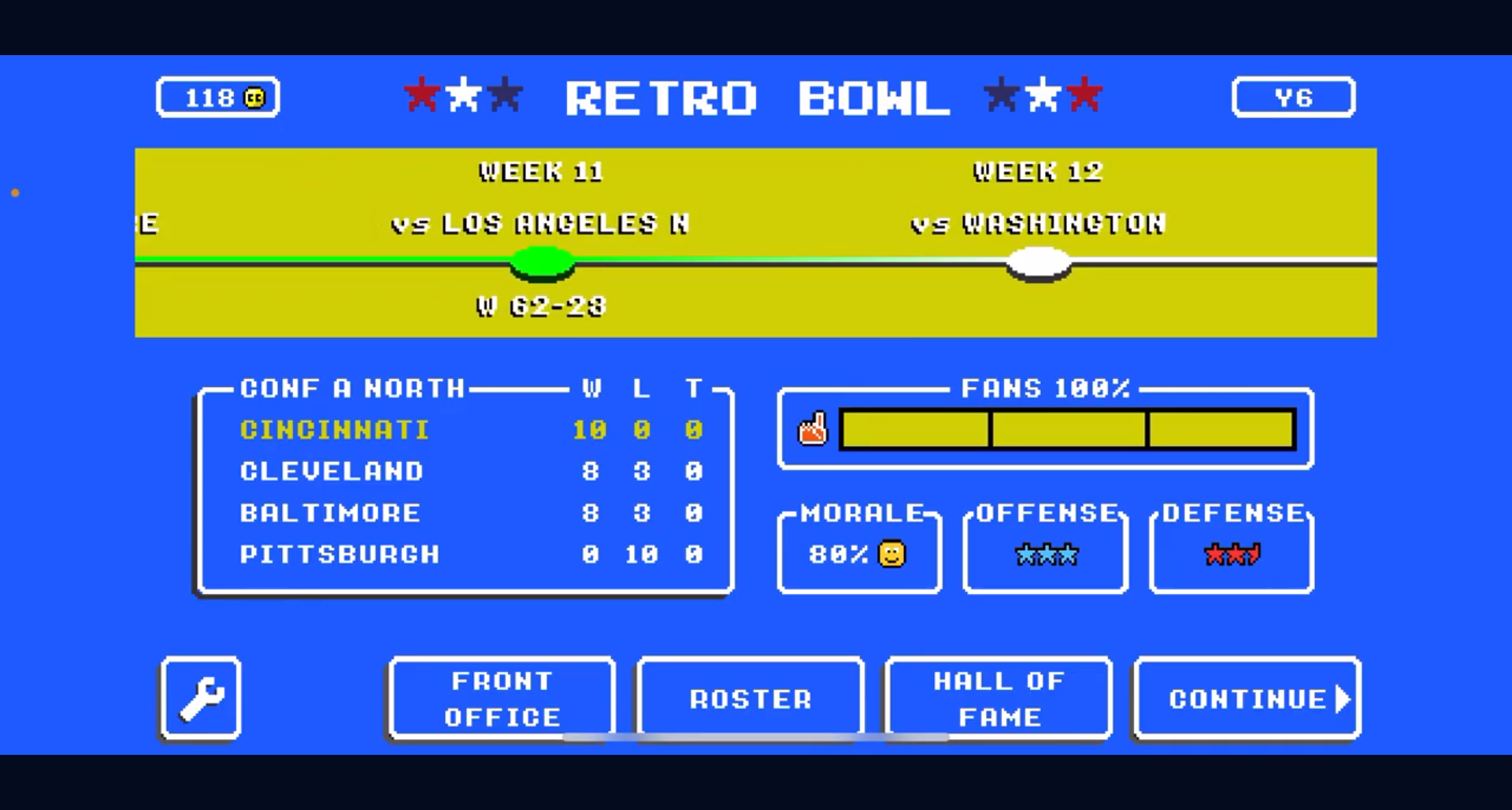
Reading Defense
Pre-snap reads are crucial for understanding how to upset the defense. Take time to analyze your opponent’s formation and positioning. Are they overloading one side? Are they anticipating a blitz? Identifying these weaknesses allows your QB to exploit defenses effectively by either choosing to run quickly or making decisive passing plays. The key is adaptability—knowing when to stick with your plan and when to react dynamically to the defense.
Practicing QB Movement
Drills and Exercises
Improving your QB’s running skills can be achieved through specific practice drills such as cone drills for enhancing agility. Engaging in simulated game scenarios will mimic in-game pressure and help you get a feel for timing your runs. Utilize practice modes available in Retro Bowl to refine the controls related to QB movement and enhance your game awareness.
Mastering Escape Techniques
Knowing how to sidestep defenders is essential when running with your QB. You can employ spin moves and stiff arms to avoid strong tackles effectively. Timing is key here; learning when to jump can be a game-changer, allowing your QB to evade oncoming defenders at critical moments.
Building Your Team for Mobility
Selecting the Right Players
When looking at your roster, consider the attributes of running backs and offensive linemen that complement your running QB strategy. Stats such as speed and agility should take precedence as they directly impact your quarterback’s ability to evade defenders while on the run.
Training Your QB
Develop your quarterback’s running skills by focusing on specific attributes like speed and agility during training. However, maintain a balance between passing and running; a well-rounded quarterback is much more challenging to defend against than one who only excels in one area. Leveling up these skills should be a gradual process, ensuring your QB evolves with each game.
In-Game Adjustments and Strategies
Utilizing the Playbook
Your playbook can be your best friend when trying to find ways on how to make your QB run in Retro Bowl. Choose plays that exploit your QB’s strengths, whether it’s mobility or passing ability. Audibles are essential tools you can use to adapt your strategy in real-time based on the defense you are facing.
In-Game Situations
Knowing when to run and when to pass is crucial. If you are facing a harried defense, utilizing your QB’s mobility can provide a breath of fresh air, possibly leading to a big gain. However, staying composed under pressure is equally important; manage the clock wisely while executing plays that maximize your strengths and minimize risky moves.
Common Mistakes to Avoid
Over-reliance on Mobility
While a mobile quarterback can be a boon, it’s vital to understand when to stay in the pocket. Scrambling into heavy defensive coverage can lead to lost yards or turnovers. Practice recognizing when pressure is looming and when it’s better to wait for a passing opportunity or redirect your play.
Neglecting Fundamental Skills
A common pitfall for players is to focus solely on mobility at the expense of fundamental skills. Your quarterback must still possess solid passing accuracy, so ensure that both running and passing skills are balanced in your developing gameplay style. Training in passing techniques, even as you prioritize mobility, will pay dividends in keeping your offense unpredictable.
Conclusion
Recapping the strategies for making your QB run effectively in Retro Bowl leads us to one undeniable truth: flexibility and skills development are key. Don’t shy away from experimenting with different strategies to see what works best. The dynamic nature of quarterback mobility offers numerous advantages that can elevate your gameplay to new heights.
Additional Resources
For players looking to deepen their understanding of Retro Bowl gameplay mechanics, including quarterback mobility, consider checking out further resources like gameplay tutorials on [YouTube](https://www.youtube.com) or joining community discussions on forums at [Reddit](https://www.reddit.com/r/retrobowl/) for tips from other players.
FAQs
- How can I improve my QB’s running game? Focus on practice drills that enhance agility and ensure you’re comfortable with the game controls.
- What are the best play styles for running QBs? Utilize option plays and rollouts to maximize your QB’s mobility.
- How can I read the defense better? Analyze their formation pre-snap and look for weaknesses to exploit.
- What should I avoid during gameplay? Avoid over-reliance on mobility; understand when to stay in the pocket.
- How do I balance QB skills? Train both running and passing skills equally to keep your offensive strategies dynamic.
- What drills can help with QB movement? Try cone drills for agility and simulate game situations for better practice.
- When should I choose to run versus pass? Assess the defense during the play; use running when pressure is high and lanes are open.
- How important is agility for a QB? Extremely; agility allows your QB to evade tackles and extend plays.
- What players should I recruit for a mobile QB strategy? Look for running backs and offensive linemen with high speed and agility stats.
- How can audibles help? Audibles allow you to adjust plays based on the defense, keeping them guessing.
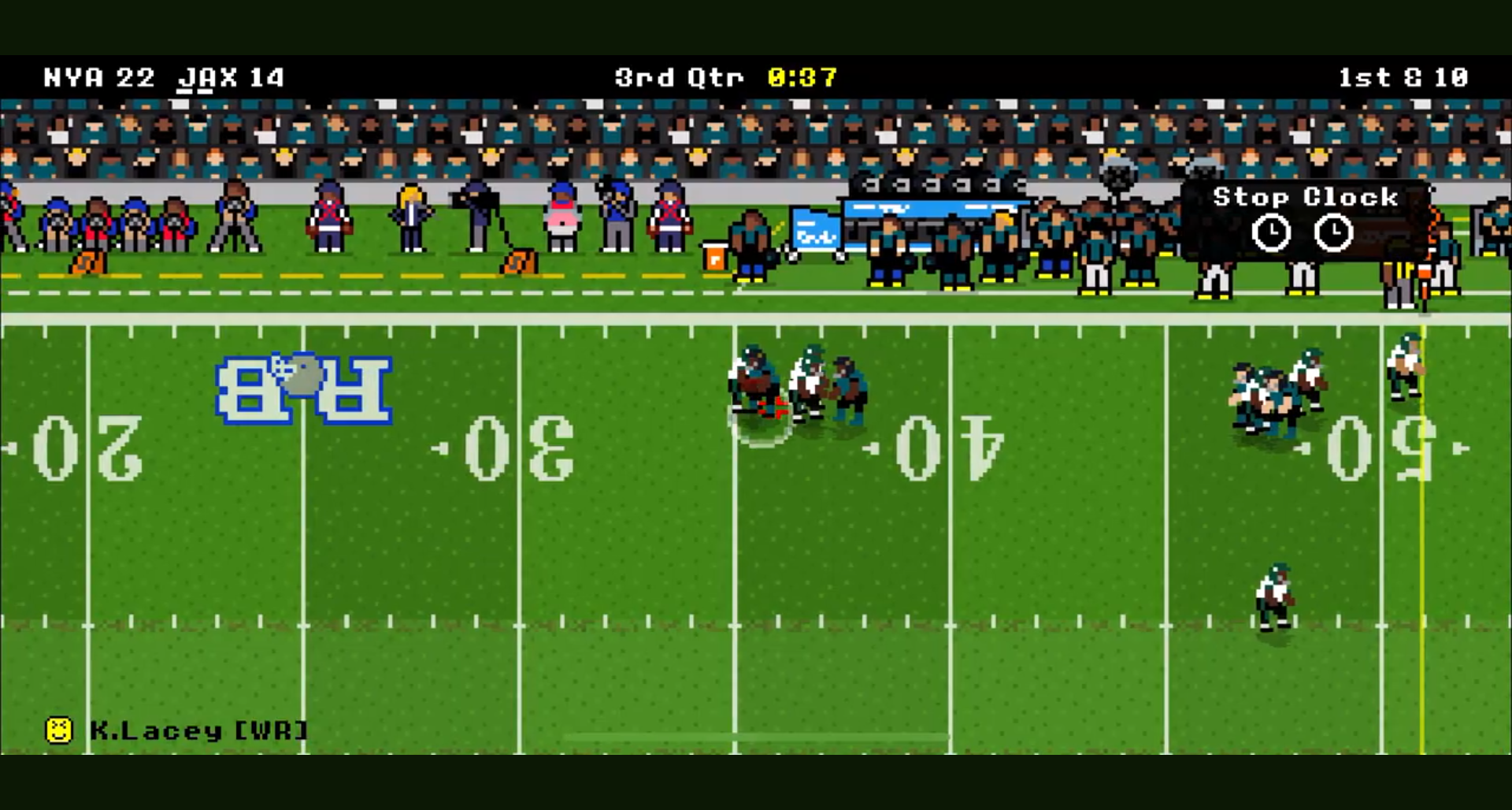
Summary Table
| Key Points | Description |
|---|---|
| Game Controls | Familiarity with QB movement for effective play. |
| Play Styles | Option plays and rollouts enhance QB mobility. |
| Practice Drills | Cone drills and simulated scenarios improve agility. |
| Defense Reading | Analyze formations pre-snap for weaknesses. |
| Player Selection | Choose players with high speed and agility. |
| In-Game Adjustments | Utilize audibles and read defenses to adapt plays. |
